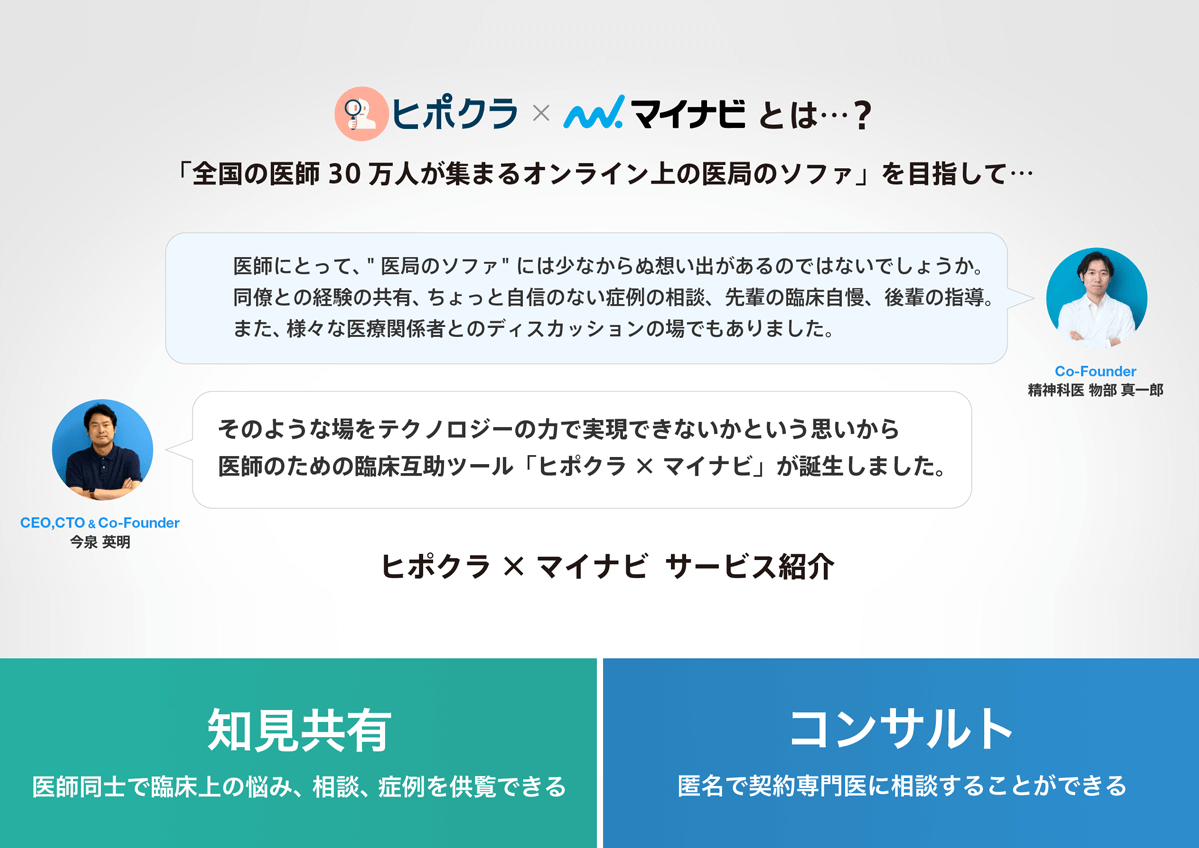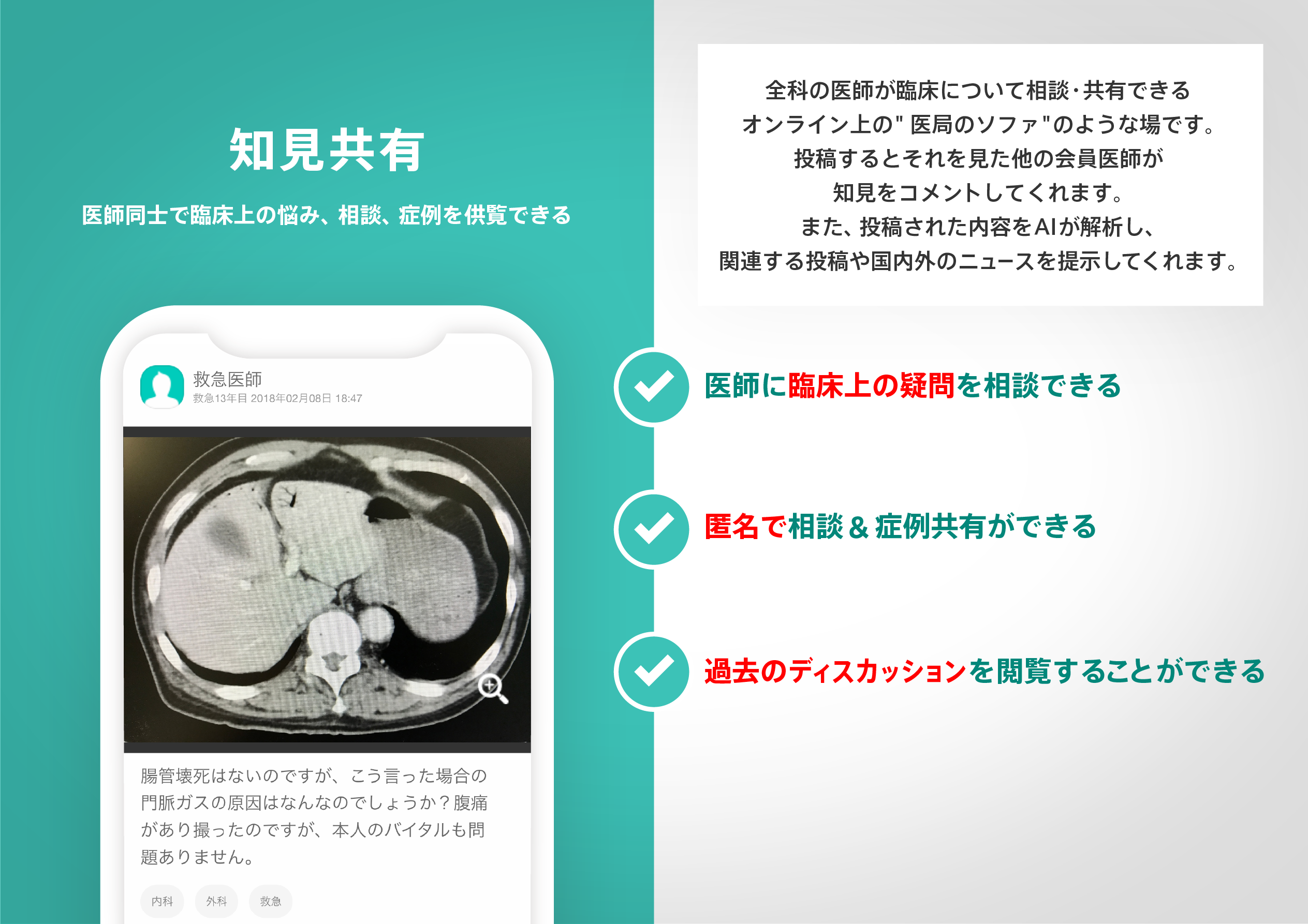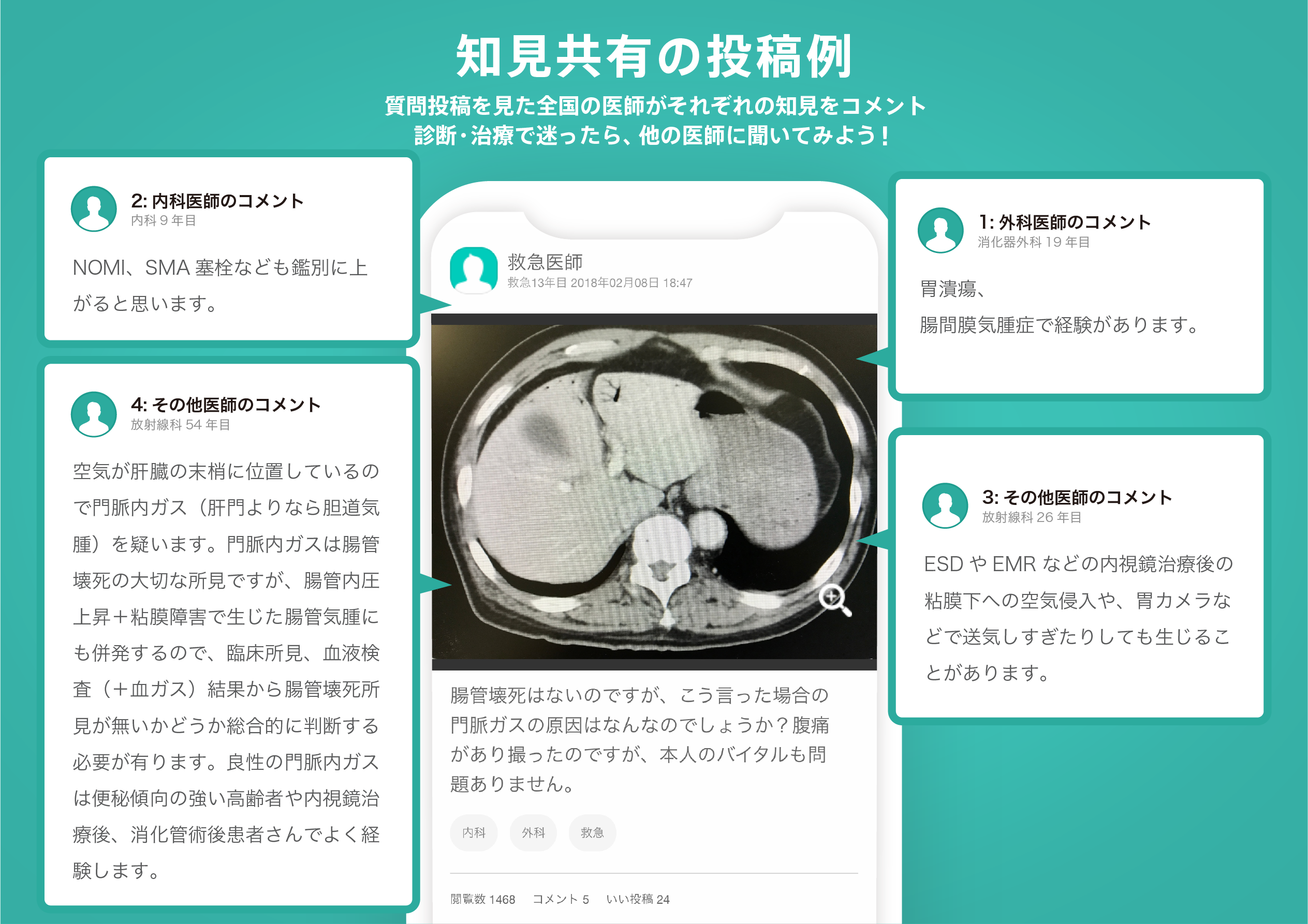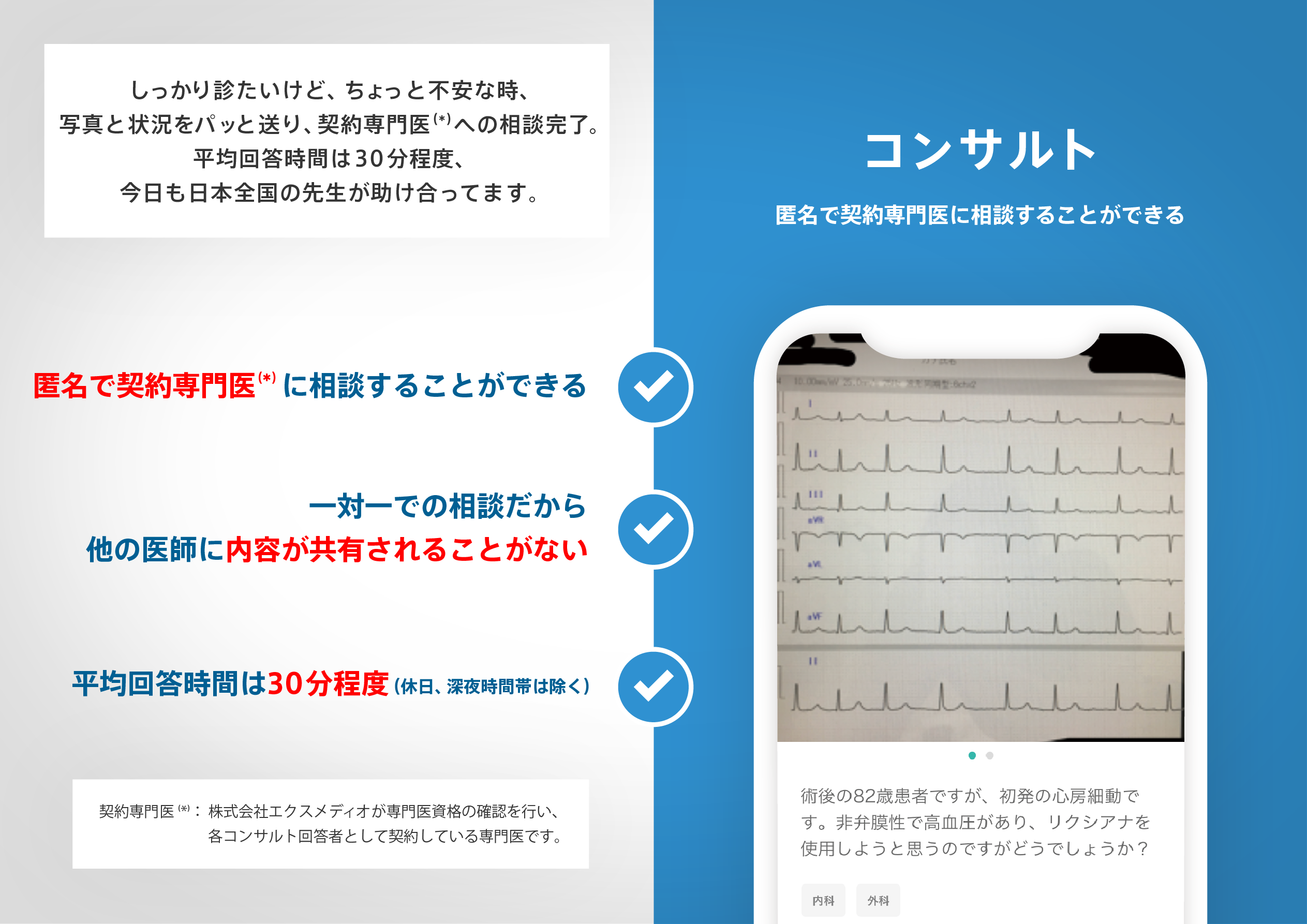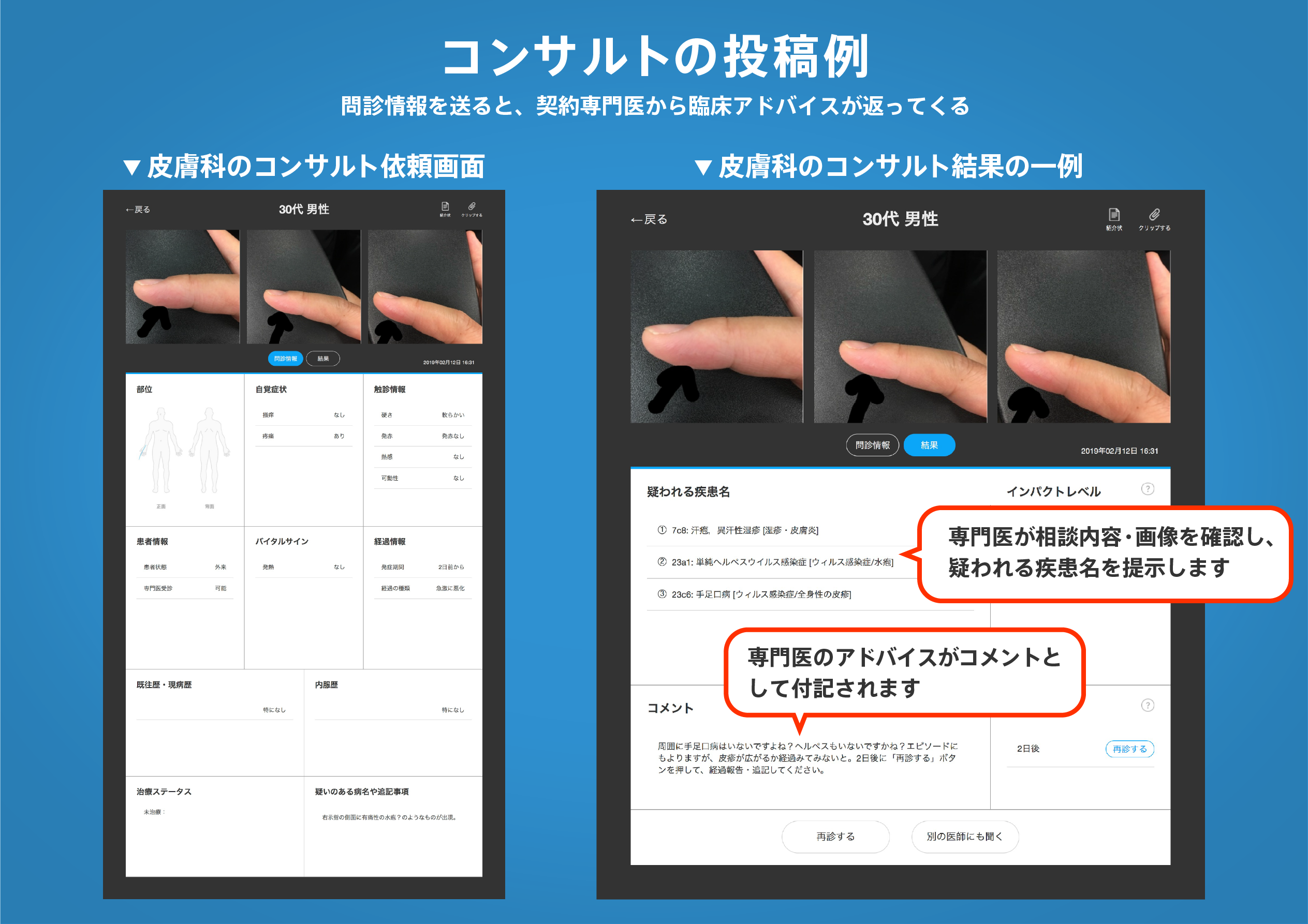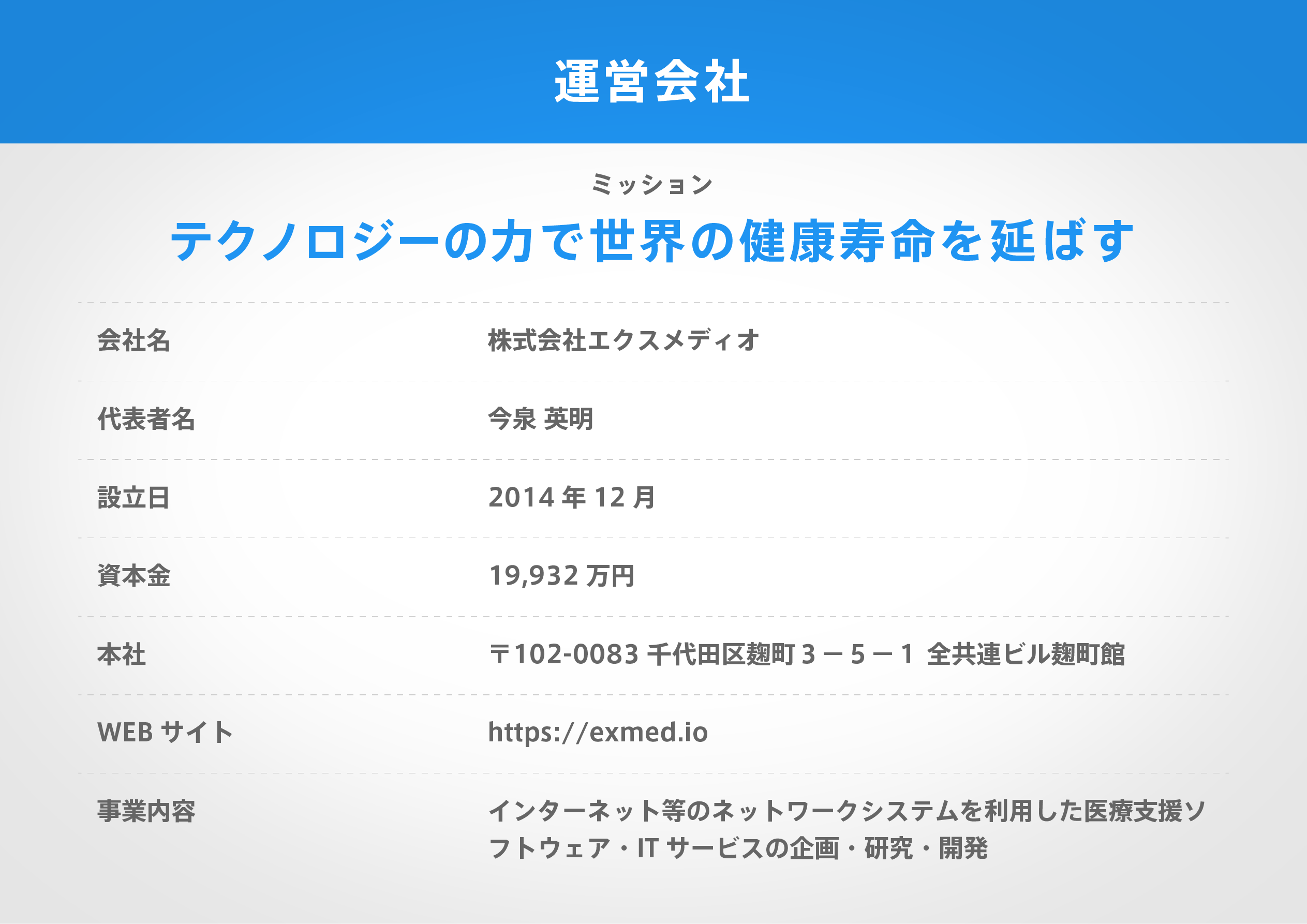著名医師による解説が無料で読めます
すると翻訳の精度が向上します
この研究の目的は、学童の皮膚カロテノイド測定と果物と野菜の摂取量との関連を評価することを目的としています。私たちは、2020年に日本で10歳の子供のために横断的研究を実施しました。自己管理アンケートに基づいて、VeggieMeter®を使用して測定した光学皮膚カロテノイドスコアと、食物摂取量を比較しました。3つの小学校に登録された328人の子供のうち、321人(97.9%)が皮膚カロテノイド測定を受けることに同意しました。子どもたちは誰も試験を受けることができず、有害事象を経験しませんでした。皮膚カロテノイド測定を受けた321人の子供のうち、315人(96.0%)がアンケートに応答しました。ベースラインの特性は、160人(50.8%)の子供が男の子であることを示しました。中央値(四分位範囲)皮膚カロテノイドスコアは335(277-407)ポイントでした。最小スコアと最大スコアはそれぞれ138ポイントと822ポイントで、平均スコア(標準偏差)は349(104)ポイントでした。多変量モデルは、果物と緑色の野菜の摂取量が多いことを示し、より多くの運動は、より高い皮膚カロテノイドスコアと独立して関連していました。私たちは、より高い皮膚カロテノイドスコアと果物や緑色の野菜のより高い摂取量とより多くの運動との間に正の関連性を示しました。皮膚カロテノイドスコアを使用して、子供の間でより良い食物摂取を促進することができます。
この研究の目的は、学童の皮膚カロテノイド測定と果物と野菜の摂取量との関連を評価することを目的としています。私たちは、2020年に日本で10歳の子供のために横断的研究を実施しました。自己管理アンケートに基づいて、VeggieMeter®を使用して測定した光学皮膚カロテノイドスコアと、食物摂取量を比較しました。3つの小学校に登録された328人の子供のうち、321人(97.9%)が皮膚カロテノイド測定を受けることに同意しました。子どもたちは誰も試験を受けることができず、有害事象を経験しませんでした。皮膚カロテノイド測定を受けた321人の子供のうち、315人(96.0%)がアンケートに応答しました。ベースラインの特性は、160人(50.8%)の子供が男の子であることを示しました。中央値(四分位範囲)皮膚カロテノイドスコアは335(277-407)ポイントでした。最小スコアと最大スコアはそれぞれ138ポイントと822ポイントで、平均スコア(標準偏差)は349(104)ポイントでした。多変量モデルは、果物と緑色の野菜の摂取量が多いことを示し、より多くの運動は、より高い皮膚カロテノイドスコアと独立して関連していました。私たちは、より高い皮膚カロテノイドスコアと果物や緑色の野菜のより高い摂取量とより多くの運動との間に正の関連性を示しました。皮膚カロテノイドスコアを使用して、子供の間でより良い食物摂取を促進することができます。
This study aimed to evaluate the associations between skin carotenoid measurements and fruit and vegetables intake among school children. We conducted a cross-sectional study for 10-y-old children in 2020 in Japan. We compared the optical skin carotenoid score, measured using Veggie Meter®, and food intake, based on a self-administered questionnaire. Among the 328 children who were registered in the three primary schools, 321 (97.9%) agreed to undergo skin carotenoid measurements. None of the children were unable to undergo the examination or experienced any adverse events. Among the 321 children who underwent skin carotenoid measurements, 315 (96.0%) responded to the questionnaire. The baseline characteristics showed that 160 (50.8%) children were boys. The median (interquartile range) skin carotenoid score was 335 (277-407) points. The minimum and maximum scores were 138 and 822 points, respectively, and the mean score (standard deviation) was 349 (104) points. The multivariable model showed a higher intake of fruits and green-yellow vegetables and more exercises were independently associated with higher skin carotenoid scores. We showed positive associations between higher skin carotenoid scores and higher intake of fruits and green-yellow vegetables and more exercise. The skin carotenoid score could be used to promote better food intake among children.
医師のための臨床サポートサービス
ヒポクラ x マイナビのご紹介
無料会員登録していただくと、さらに便利で効率的な検索が可能になります。

